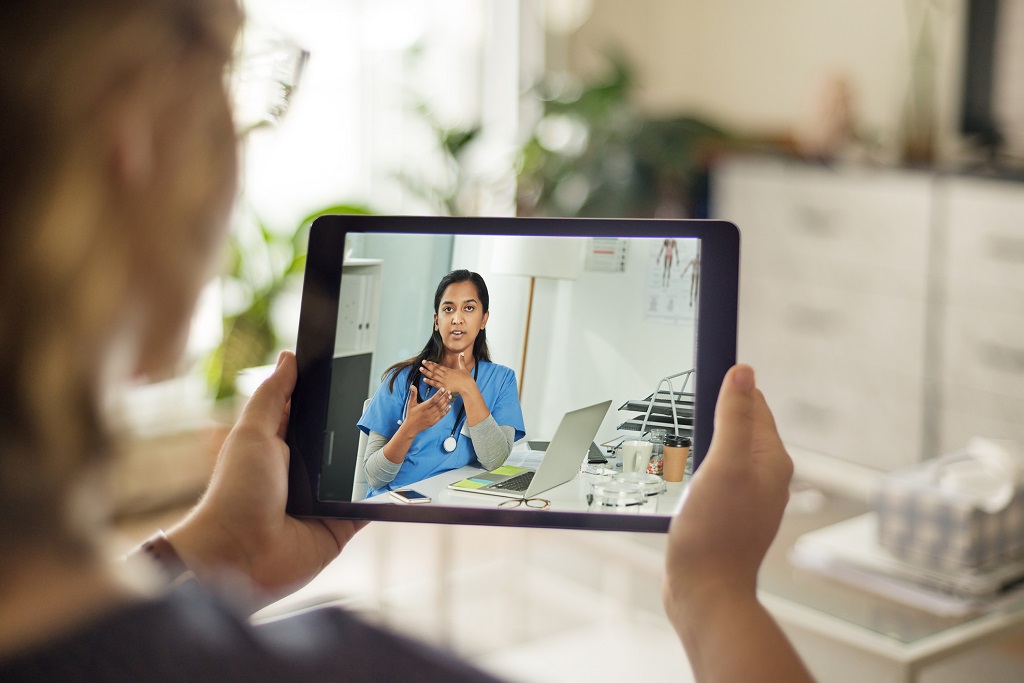Rapid technological change over the past decade has reshaped entire industries in Canada and the world. While health care has been slower to change, digital health is having an impact. According to the 2019 Commonwealth Fund Survey of Primary Care, Canadian family physician use of EMRs has reached 86 per cent, laying the digital groundwork for other innovations. Although we lag our peers internationally, virtual care delivery is growing and includes novel services delivered by both the public and private sectors.
February seems like such a long time ago. Fast forward to April and the COVID-19 pandemic now presents an unprecedented challenge to every health system on the planet. Health care professionals on the front lines are working around the clock to keep Canadians safe, and I cannot thank them enough. Many Canadian family physicians such as myself, working in primary care clinics, have been rapidly reorganizing our clinics to provide care in a “virtual first” manner. We are trying to maintain key primary care services for our patients, with the additional goal of taking pressure off emergency services.
In just a week and a half, clinics in my home province of Ontario have switched to providing almost all our services virtually (by telephone or video). The same is happening across the country. A coordinated effort of many groups, including medical associations, government, e-health organizations, technology vendors, and more, has rapidly removed policy barriers that previously prevented us from communicating digitally with patients.
For such policy shifts to have an impact, significant changes must occur in clinic workflows, which in turn requires strong clinical leadership given the urgency of the situation. I have been fortunate to have stellar leadership from my clinic group’s medical director and her team.
The technology to provide virtual visits is relatively straightforward. However, managing the logistical changes required to implement the technology presents a significant challenge. With an international public health crisis of epic proportions layered on top of the original challenge, even the most organized clinics may struggle.
To help make the switch to virtual less burdensome, I have compiled a list of resources that should give Canadian physicians an overview of virtual care, but more importantly provide a few tools to rapidly implement virtual care in the office. Please note that it is an incomplete list, and I invite colleagues to add to it, modify it, and share it. The list includes useful links, such as to OntarioMD’s recent virtual care webinars.
Finally, if you are a Canadian physician who is interested in practical virtual care tips, I would like to invite you to consider joining this Facebook group, a peer-to-peer virtual care support group for doctors, recently started by family physician Dr. Cassie Millar and colleagues in Calgary.
We are all in this together. Virtual care technologies are a small but useful part of the modern physician’s 21st century digital toolkit, and may help us to #FlattentheCurve in this time of crisis. Stay safe and healthy everyone.
Have a comment about this post? We’d love to hear from you.



